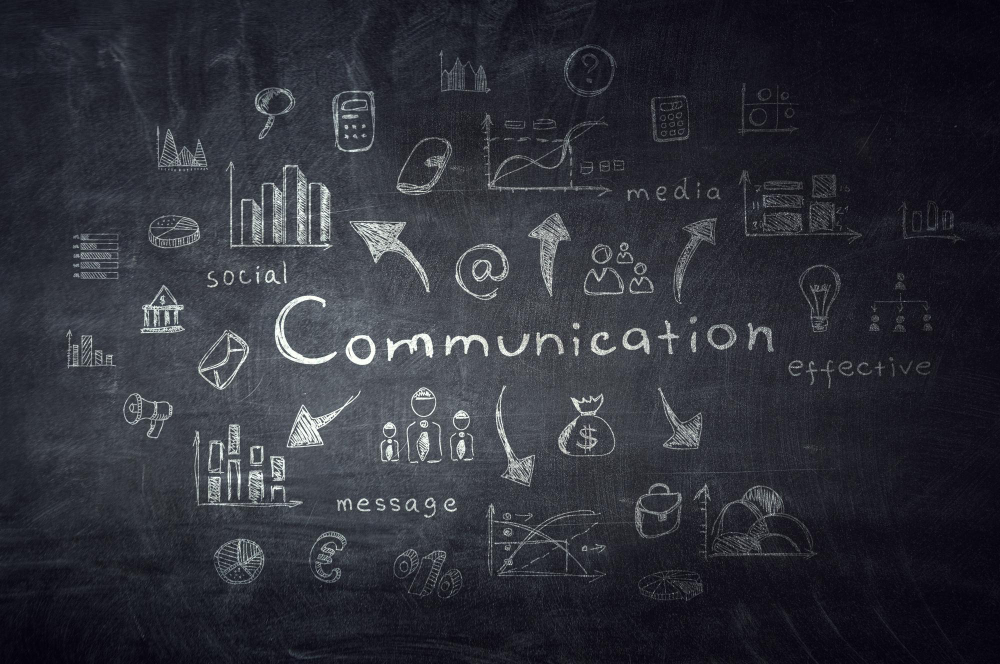Design is a fascinating blend of creativity and functionality. It’s not just about making things look good; it’s about making them work well, too. At the heart of successful design lies the concept of abstraction. Abstraction is a powerful tool that designers use to simplify complex ideas and create visually appealing, user-friendly solutions. In this article, we will explore the importance of abstraction in design, its various forms, and how it can be applied effectively.
What Is Abstraction?
Abstraction is the process of distilling complex ideas or concepts into simpler, more manageable forms. It involves removing unnecessary details and focusing on the essential elements. In design, abstraction serves several crucial purposes:
- Clarity: Abstraction helps eliminate clutter and confusion, making it easier for users to understand and interact with a design. When unnecessary elements are removed, the core message or function becomes more apparent.
- Simplicity: Simplicity is a fundamental principle of design. Abstraction allows designers to simplify their creations, making them more elegant and user-friendly. A simplified design is often more aesthetically pleasing and easier to navigate.
- Consistency: Abstraction helps maintain consistency across different design elements. By using common abstractions, designers create a cohesive visual language that reinforces the brand identity and user experience.
- Universal Understanding: Effective abstraction can transcend language and cultural barriers. Simple, universally recognized symbols and concepts can convey information or ideas to a diverse audience.
Forms of Abstraction in Design
Abstraction in design can take various forms, each serving a specific purpose. Here are some common forms of abstraction:
- Iconography: Icons are a prime example of visual abstraction. They condense complex concepts or actions into easily recognizable symbols. Icons are widely used in user interfaces to represent functions like saving, printing, or deleting.
- Typography: Typography involves abstracting language into visually appealing text. The choice of fonts, sizes, and styles can convey emotions, emphasize key points, or establish a brand’s personality.
- Minimalism: Minimalist design focuses on simplicity and reduction. It involves stripping away unnecessary elements, leaving only what’s essential. Minimalism often results in clean, uncluttered layouts that are aesthetically pleasing and easy to navigate.
- Color Abstraction: Colors can be abstracted to convey emotions, highlight important information, or create a visual hierarchy. A well-thought-out color palette can evoke specific feelings and guide the user’s attention.
- Information Hierarchy: Abstraction can be applied to the organization of information. By simplifying the hierarchy of content, designers make it easier for users to find what they need quickly. Clear headings, bullet points, and concise paragraphs are examples of this type of abstraction.
- Wireframes and Prototypes: In the early stages of design, wireframes and prototypes are abstract representations of the final product. They provide a rough outline of the layout, functionality, and user flow, helping designers identify and address potential issues before the full design is developed.
Applying Abstraction Effectively
Now that we understand the importance of abstraction and its various forms, let’s delve into how designers can apply abstraction effectively:
- Know Your Audience: Understand your target audience’s preferences, needs, and expectations. Effective abstraction should align with the audience’s level of familiarity with the subject matter and design context.
- Prioritize Functionality: While aesthetics are essential, functionality should always come first. Ensure that the abstraction choices you make do not compromise the usability or effectiveness of your design.
- Consistency is Key: Maintain consistency in your design by using common abstractions and design patterns. This consistency helps users navigate your design intuitively and reinforces your brand identity.
- Test and Iterate: Don’t be afraid to experiment with different abstractions and gather user feedback. Testing and iterating your designs allow you to refine your abstractions and improve the user experience.
- Stay Informed: Keep up with design trends and best practices. The design field is continually evolving, and staying informed about the latest techniques and technologies will help you create more effective abstractions.
- Collaborate: Design is rarely a solo endeavor. Collaborate with others, including colleagues, clients, and users, to gain diverse perspectives and refine your abstractions.
Real-World Examples
Let’s take a look at some real-world examples of abstraction in design:
- Apple’s Iconography: Apple’s use of abstract icons in its iOS and macOS interfaces is a testament to effective abstraction. Simple, clean icons represent various functions, making it easy for users to understand and navigate their devices.
- Google’s Material Design: Google’s Material Design framework incorporates abstraction to create a unified visual language across its products. Consistent use of typography, icons, and color abstraction helps users instantly recognize and interact with Google’s apps and services.
- Nike’s Logo: Nike’s iconic swoosh logo is a prime example of visual abstraction. It represents motion and speed, encapsulating the brand’s ethos in a simple, memorable symbol.
- Information Graphics: Newspapers and magazines often use abstraction to convey complex information quickly. Infographics and charts abstract data into visually digestible formats, making it easier for readers to understand complex stories or statistics.
Abstraction is a fundamental concept in design, and mastering it is essential for creating effective, user-friendly solutions. By distilling complex ideas into simpler forms, designers can enhance clarity, simplicity, and consistency in their work. Abstraction takes many forms, from iconography to typography, and can be applied effectively with a focus on the audience, functionality, and collaboration. As we continue to navigate the digital age, understanding and harnessing the power of abstraction in design will remain a crucial skill for designers to possess.
For more blogs related to design: https://www.dotsod.in/blog/
Follow DOT School of Design on Facebook, Instagram, LinkedIn, Medium and YouTube



